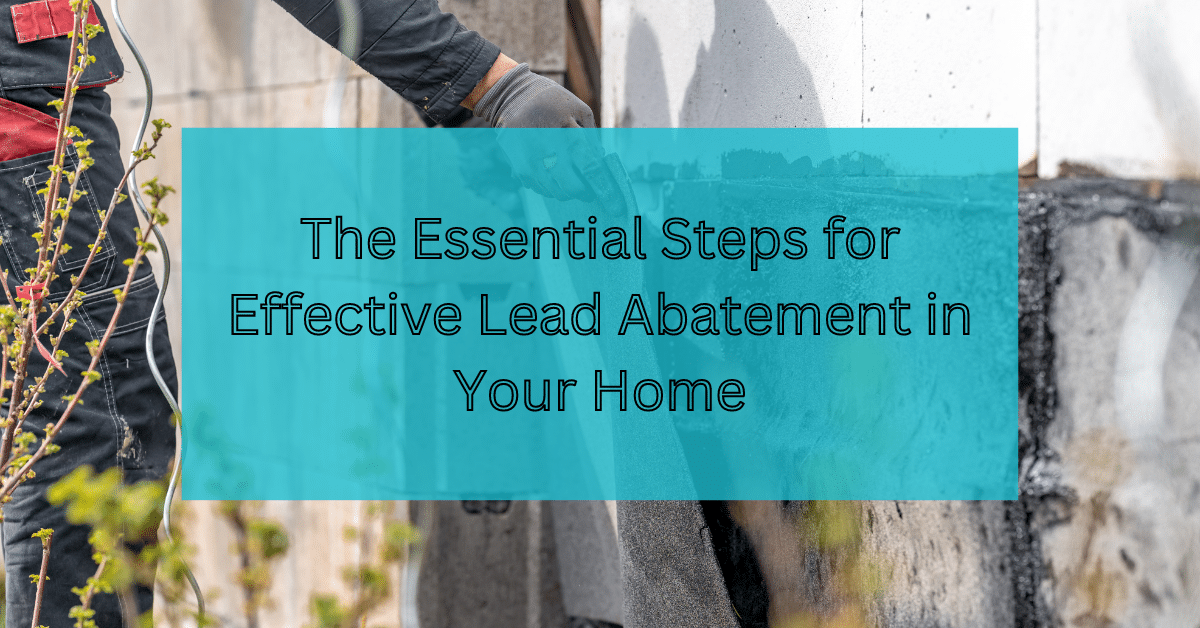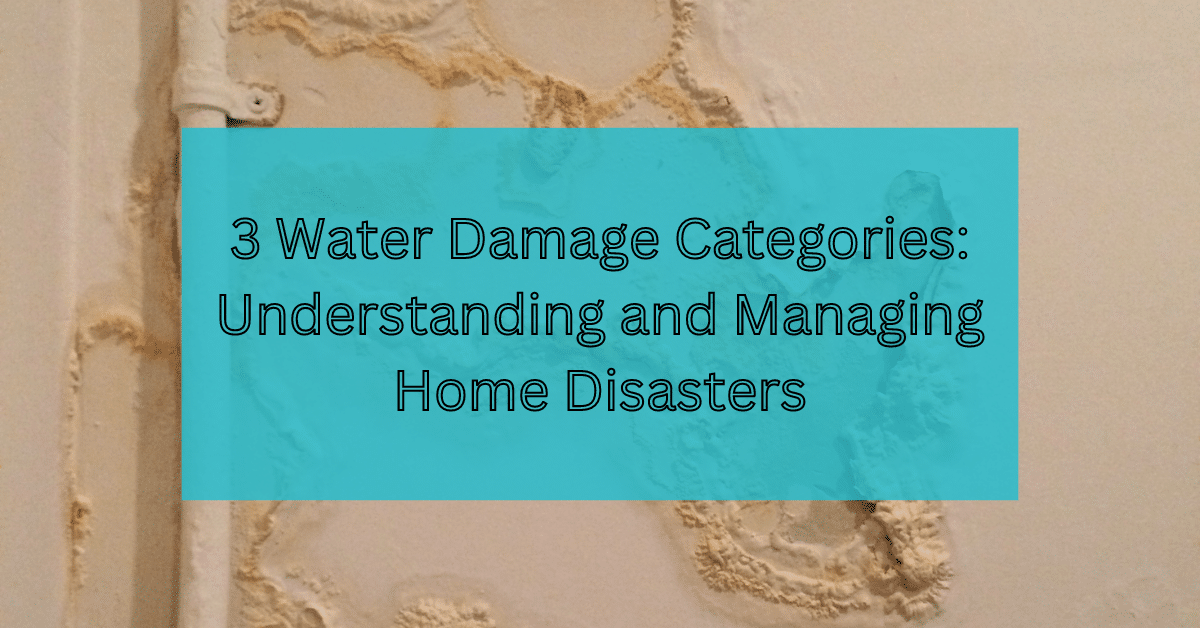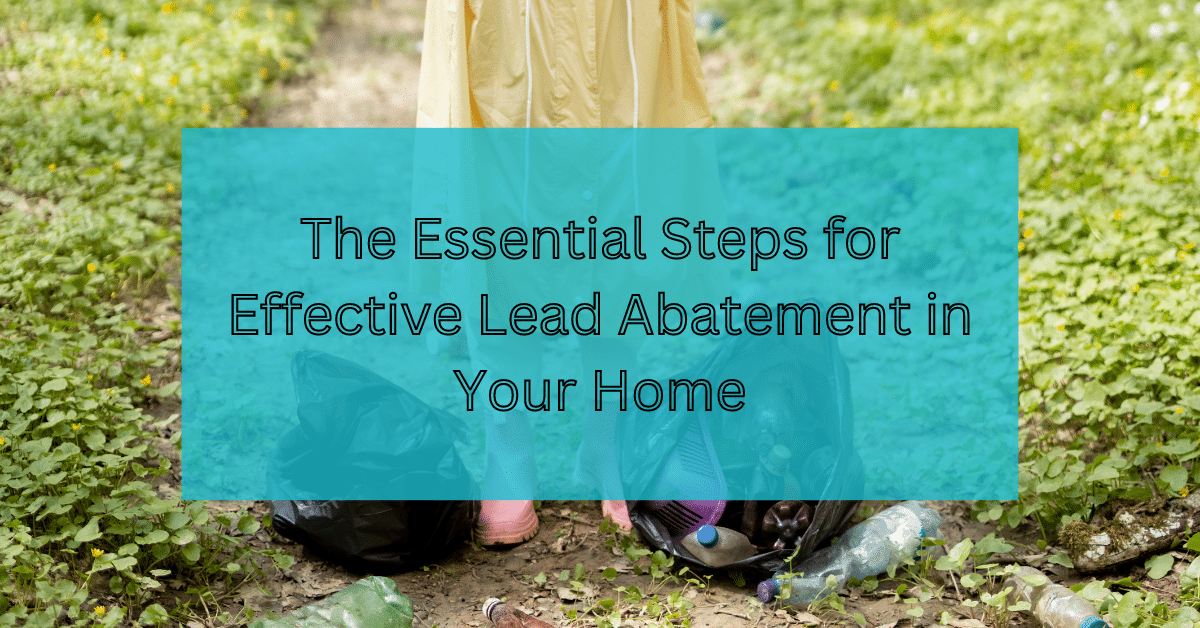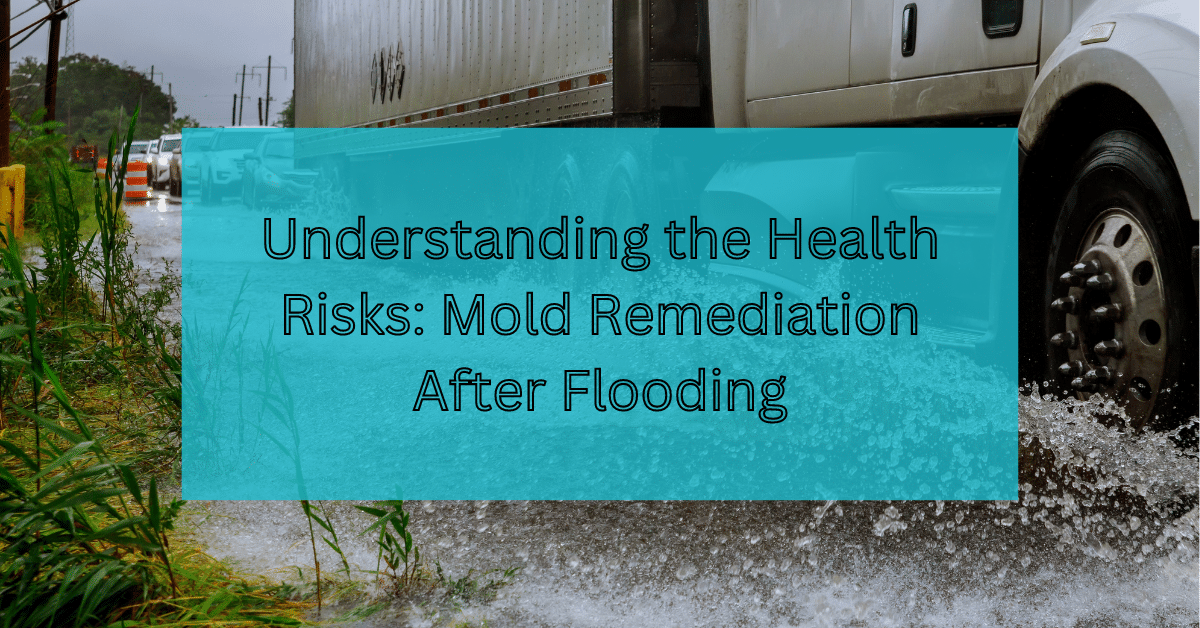Lead exposure poses significant health risks, particularly to children and pregnant women. Lead abatement, the process of safely reducing lead paint and dust in your home, is crucial for creating a safe living environment. This article will guide you through the essential steps for effective lead abatement.
Understanding the Risks of Lead Exposure
Before undertaking lead abatement, it’s important to understand why it’s necessary. Lead can be found in homes built before 1978, in the form of lead-based paint and dust. When this paint deteriorates or is disturbed during renovations, it releases harmful lead dust. Exposure to lead can cause developmental issues in children, neurological damage, and other serious health problems.
The Health Implications of Lead Exposure
The dangers of lead exposure are well-documented and affect individuals of all ages, but children and pregnant women are particularly vulnerable. Lead interferes with a variety of body processes and is toxic to many of the body’s organs and tissues including the heart, bones, intestines, kidneys, and reproductive and nervous systems. Here are some specific health risks associated with lead exposure:
- Developmental Delays in Children: Lead exposure can have a profound impact on a child’s development, leading to reduced IQ, learning difficulties, behavioral problems, and decreased ability to pay attention. These effects are often irreversible and can affect a child’s academic performance and social interactions.
- Neurological Damage in Adults: Adults exposed to lead may suffer from problems with concentration, memory, and mood. There is also evidence to suggest that lead exposure can increase the risk of developing conditions such as hypertension and kidney damage over time.
- Complications During Pregnancy: Lead exposure can affect the health of both the mother and the unborn child. It is associated with reduced fetal growth, premature birth, and even miscarriage. Additionally, lead can cross the placental barrier, affecting the development of the fetus’s nervous system.
- Other Health Problems: Beyond these risks, lead exposure has been linked to a variety of other health issues in both children and adults, including hearing problems, joint and muscle pain, digestive issues, and reduced ability to produce blood cells.
Given the serious health risks associated with lead exposure, it’s clear that lead abatement is not just a matter of home maintenance but a crucial step in protecting public health. By removing or stabilizing lead sources in the home, you can significantly reduce the risk of lead poisoning and ensure a safer environment for you and your family.
Identifying Lead Hazards in Your Home
The first step in lead abatement is identifying the presence of lead. This can be done through:
- Professional Testing: Hiring a certified lead inspector to conduct a thorough assessment of your home.
- DIY Testing Kits: While less accurate, DIY lead testing kits can be a preliminary step to identify potential lead-based paint.
Planning Your Lead Abatement Strategy
Once you’ve confirmed the presence of lead, developing a detailed abatement plan is crucial. This involves:
- Choosing the Right Method: Lead abatement methods include encapsulation, enclosure, or removal. Each has its benefits and risks, and the choice depends on your home’s specific situation.
- Hiring Certified Professionals: Lead abatement should be performed by certified professionals trained in safe removal practices.
Preparing for Lead Abatement
Preparation is key to minimizing the risks associated with lead abatement. This includes:
- Securing the Work Area: Using plastic sheeting and tape to seal off the area and prevent lead dust from spreading.
- Relocating Family Members: Especially children and pregnant women, to a safe environment until the abatement process is complete.
Implementing Safe Lead Abatement Practices
During the abatement process, safety is paramount. Professionals should employ the following practices:
- Using Protective Gear: Wear appropriate respirators, gloves, and clothing to prevent lead dust exposure.
- Wet Methods and HEPA Vacuums: To minimize dust, wet methods should be used for removal, and HEPA vacuums for cleanup.
Post-Abatement Cleanup and Verification
After the abatement work is completed, a thorough cleanup is crucial to ensure all lead dust is removed. This stage includes:
- Wet Cleaning: All surfaces within the work area should be cleaned using wet methods to avoid kicking up dust.
- Clearance Testing: Hiring a third-party to conduct post-abatement testing to ensure the lead has been effectively removed.
Maintaining a Lead-Safe Home
Post-abatement, maintaining a lead-safe environment is crucial. This includes:
- Regular Cleaning: To minimize the possibility of lead dust accumulation.
- Monitoring for Deterioration: Keeping an eye on painted surfaces for signs of wear and tear that could expose lead paint.
Conclusion: Protecting Your Home and Health
Effective lead abatement is essential for protecting your family from the dangers of lead exposure. By understanding the risks, identifying lead hazards, and following through with a comprehensive abatement and maintenance plan, you can ensure your home is safe and lead-free.



